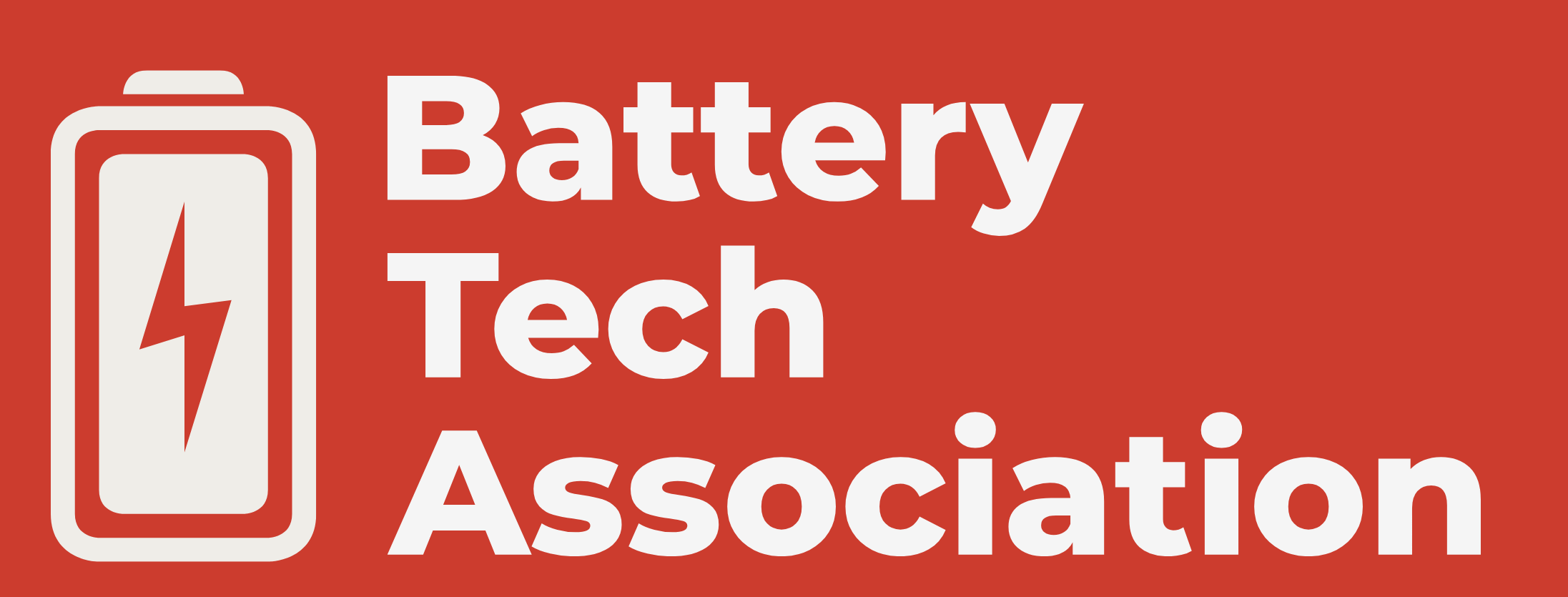The SAFELiMOVE project, led by CIC energiGUNE and funded by the European Union through its Horizon Europe program, has completed its activity with the achievement of advances in solid-state battery technology at the level of materials and design, as well as in terms of energy densities and scalability, which open the door to the manufacture of more efficient and sustainable devices, with special impact on the electric vehicle.
CIC energiGUNE, the Basque research centre of reference in electrochemical energy storage, thermal energy storage and conversion and hydrogen technologies, has concluded the European SAFELiMOVE project – launched in January 2020 – with the achievement of significant advances in the field of solid-state batteries that will be decisive for the manufacture of more efficient and sustainable devices and for the promotion of electromobility.
“The achievements obtained in SAFELiMOVE are crucial to move towards a wider deployment of solid-state battery technology in relation to renewable energies and electric vehicles, which will contribute significantly to climate change mitigation efforts,” said María Martínez-Ibáñez, Principal Investigator of the project at CIC energiGUNE.
Specifically, the work carried out during these 48 months by the consortium led by the Basque center -in which 14 European partners and one Canadian partner have participated- has been decisive in successfully advancing in three fundamental aspects: the development of advanced materials; the analysis and optimization of interfaces; and the scalability of solid-state technology towards various prototypes.
In this sense, as highlighted by María Martínez-Ibáñez, “the challenges and problems faced during the development of the project have allowed us to learn how to design the future direction of this technology”, thus taking a fundamental step towards the future creation of a competitive European solid-state battery technology.
In fact, according to the conclusions of the project, the work carried out has made it possible to achieve remarkable gravimetric (350 Wh/kg) and volumetric (680 Wh/L) energy density values, exceeding in some cases the state of the art of some lithium-ion batteries. Although many challenges remain to be addressed to truly demonstrate the industrial viability of solid-state batteries, the SAFELiMOVE results suggest the potential of this technology to be used in electric vehicles, as well as for electronic devices.
This is a response to the main challenge posed by the SAFELiMOVE project, which involved the development of a new generation of batteries for electric vehicles, based on a solid-state electrolyte, which would give rise to a safer, more reliable and high-performance lithium battery.
This challenge is also in line with the strategic objectives of the European Union to position itself as a reference in the battery sector for electric vehicles. Indeed, further development and optimization of SAFELiMOVE technology could lead to competitive advantages for the European battery ecosystem and significant improvements in continental electromobility, such as increasing driving range by an additional 300 kilometres on a single charge; reducing charging time; increasing safety by eliminating potentially flammable liquid electrolyte; and reducing battery cost by 50%, thanks to the use of high-efficiency materials and processes.







